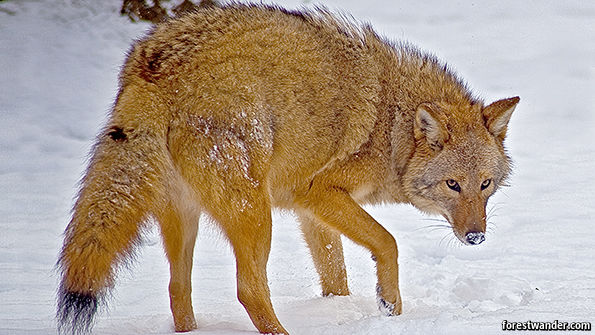Since Charles Darwin's day, biologists have depicted how new organisms evolve from old ones by adding branches to numerous trees that represent portions of the animal, plant and microbial kingdoms. Researchers from a dozen institutions recently completed a three-year effort to combine tens of thousands of trees into one diagram, most readable as a circle…
Read more
All 2.3 Million Species Are Mapped into a Single Circle of Life










